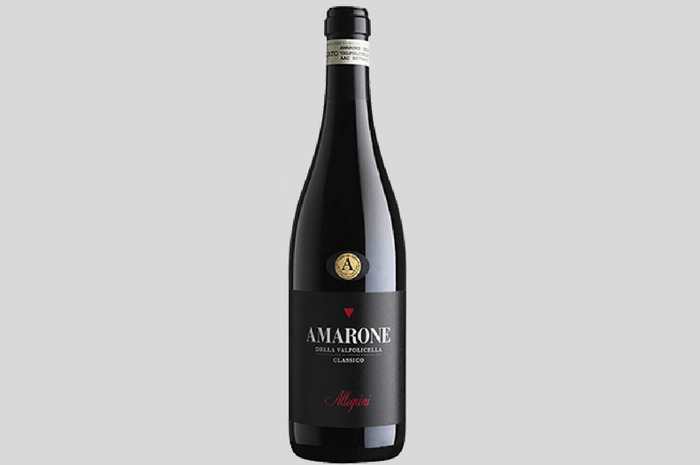The Flagship Red Wines Of Veneto Are Delicious And Bargain-Priced
The wines of Veneto, particularly the flagship reds amarone and Valpolicella, are distinctive, tasty, and food-friendly. As both of these hail from the Valpolicella region in western Veneto, their common core is the blend of the indigenous varietals corvina veronese and rondinella (with walk-on parts for molinara, corvinone, oseleta, negrara, and several other grapes) and the shared climate and soil of this verdant corner of Italy.
No other place in the world makes wines like these. Both are easy to enjoy with game, lamb, beef, red-sauced pasta dishes, and even barbecued brisket. Yet these wines, Valpolicella in particular, are not expensive. An Italian "perma-recession" and the 25 percent fall in the euro since the end of 2014 have contrived to make one of the best examples, the 2015 Allegrini, cost less than $20 a bottle. I rate it an astounding bargain.
I recently had a chance to taste it with Marilisa Allegrini, CEO of Allegrini Estates. It is forward with soft alluring red fruit in the nose (cherries in particular). A base of herbal and forest floor flavors gives it a complexity that many wines in this price range can only hope for. I have taken to serving it without announcement. Invariably, my guests say, "This is delicious — what is it?" On discovering the answer, they start taking smartphone pictures of the label so they can buy some for themselves.
Those who are really serious about their wine may want to graduate to the king of Veneto: amarone — officially known as amarone della Valpolicella. What is amarone? Consider this description from Allegrini on how their 2010 Amarone Classico ($60) was made:
"Select bunches were hand-picked in late September, dried naturally 90 to 120 days, then de-stemmed and soft-pressed prior to fermentation in early January. The must was fermented in temperature-controlled stainless steel tanks at temperatures ranging from 46o F to 72o F for approximately 25 days with daily periodic pump-overs. The wine was aged for 18 months, then blended together and aged another seven months."
That gives a sense of how much work, beyond normal winemaking processes, goes into producing this amarone. The grapes are dried for three to four months before fermentation, concentrating their juice. The wine is then aged in oak for a full year and a half before sale. The result is a wine unlike any from elsewhere in the world. One mouthful convinces you it could only be Italian.
As a category, Valpolicella and amarone are bargains at the moment. Time to stock up!

